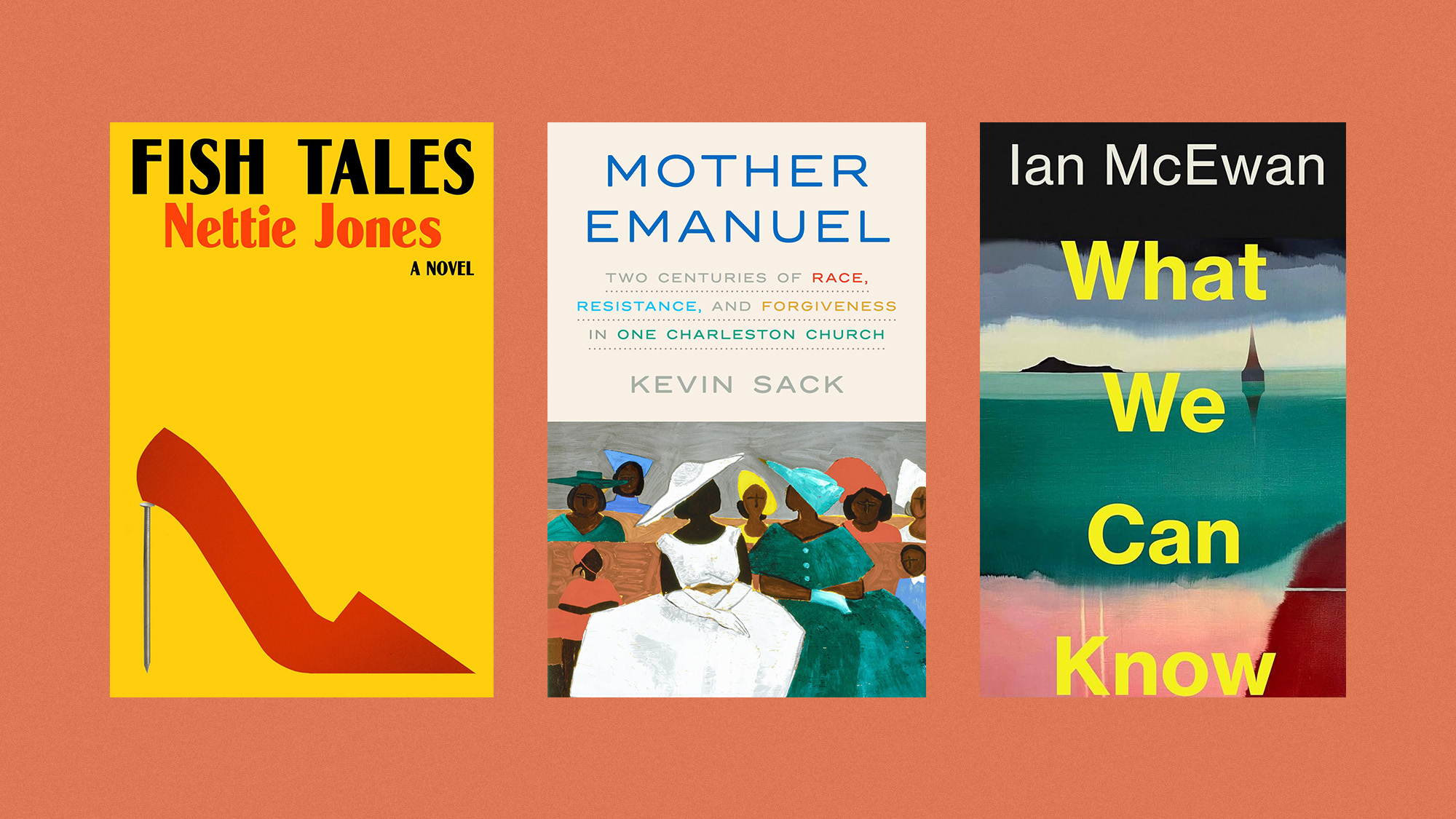Health & Science
The cow’s inner compass; The great Arctic melt; The crows are watching you; Deathmatch: Bats vs. windmills; Another diet strategy busted
The cow’s inner compass
Bats, birds, and whales have a sixth sense that allows them to orient themselves in relation to Earth’s magnetic poles and migrate along identical paths every year. Even though they’re sedentary, cows, apparently, have this inner compass, too, says the Los Angeles Times. Czech researchers came to this surprising conclusion after looking through Google Earth satellite photos of herds of cows in 308 locations around the world; for some reason, the majority of the animals had aligned their bodies along the magnetic North-South axis of the globe. Researchers have no idea why cows would possess such an orientation faculty, since cattle don’t migrate. The magnetic sense, perhaps locked in a brain organ that maintains a store of magnetized iron, could be a tool for homeward orientation or may just be a vestigial trait of the cow’s evolutionary past. Researchers examining satellite photos also found evidence of magnetic orientation among deer; sensory biologist John Phillips of Virginia Tech University says further studies may find that the ability to detect Earth’s magnetic field is “virtually ubiquitous in the animal kingdom”—including human beings.
The great Arctic melt
The Week
Escape your echo chamber. Get the facts behind the news, plus analysis from multiple perspectives.

Sign up for The Week's Free Newsletters
From our morning news briefing to a weekly Good News Newsletter, get the best of The Week delivered directly to your inbox.
From our morning news briefing to a weekly Good News Newsletter, get the best of The Week delivered directly to your inbox.
This summer, the amount of sea ice in the Arctic Ocean reached its second lowest level of the past 30 years, prompting scientists to warn that we may be reaching a global warming “tipping point.” A new survey of the Arctic ice by the National Snow and Ice Data Center shows that as summer ends, the ice is still melting at an alarmingly fast rate, and may surpass last year’s record low levels. Within five to 10 years, most climatologists say, Arctic ice will melt completely in the summer, turning the North Pole into an open expanse of water. “Climate warming is coming larger and faster than the models are predicting,” NASA ice scientist Jay Zwally tells the Associated Press. The melting ice already appears to be affecting polar bears, who depend on ice floes as platforms on which to live and fish: Federal observers recently spotted nine polar bears swimming in open ocean, from 15 to 65 miles off the Alaska shore. Some were swimming north, apparently trying to reach the polar ice edge, which was 400 miles away—beyond a polar bear’s endurance.
The crows are watching you
If you’re going to mess with a crow, make sure you wear a disguise, says The New York Times. Scientists working with the birds noticed that once they’d bagged and tagged a few members of a local crow population for animal studies, other birds would make scolding shrieks every time they saw the “bad” humans. To test this hypothesis, researchers sent out volunteers wearing two different types of realistic masks: one of a “dangerous” human who trapped several birds, and the other representing a “neutral” face. People wearing the neutral mask could pass among the crows with no reaction, but the dangerous face brought a show of fury and alarm. The birds’ reaction was “quite spectacular,” says mask-wearer Bill Pochmerski. “The birds were really raucous, screaming persistently, and it was clear they weren’t upset about something in general. They were upset with me.” Study author John Marzluff believes that the crows’ remarkable ability to recognize individual humans is a protective evolutionary mechanism that helps them to avoid danger in human-dominated habitats. “I think it allows these animals to survive with us—and take advantage of us—in a much safer, more effective way.”
Deathmatch: Bats vs. windmills
A free daily email with the biggest news stories of the day – and the best features from TheWeek.com
Wind power is generally considered among the “greenest” of alternative energy sources, with little impact on the environment. Bats, though, might beg to differ. Wind farms routinely see dozens of dead bats scattered around the base of windmills. This puzzled scientists, since bats’ sonar should keep them from running into windmill blades. Then researchers found a clue. “While we were picking up carcasses, I noticed that a large number didn’t seem to have any external injuries,” ecologist Erin Baerwald tells Science. This discovery led her to guess that the bats were dying from the precipitous drop in air pressure caused by the rapidly whirling windmill blades. When bats flew through these low-pressure areas, the capillaries of their delicate lungs exploded as if they were scuba divers rising to the surface too quickly. After dissecting the bats and confirming their theory, the researchers are encouraging careful placement of wind farms outside bat migration paths. Bats play a useful role in the ecosystem, devouring thousands of insects, including many crop pests.
Another diet strategy busted
Junk-food makers know people feel guilty about eating potato chips, cookies, candy, and other high-caloric snacks. So they’ve been issuing them in smaller packages. Unfortunately, new research shows, these “100-calorie snack packs” actually encourage people to eat more, not less. It’s a matter of simple psychology, researchers tell LiveScience. When people watching their weight eat a large packages of cookies or chips, they know they’re ruining their diets. But small packages, two new studies say, seduce dieters into believing that there’s really no harm in “an innocent pleasure” now and then. Those little indulgences then tend to occur regularly and often, undermining the dieter’s resolve to eat less and lose weight.
-
 Received a gift card this holiday season? Here’s how to maximize it.
Received a gift card this holiday season? Here’s how to maximize it.The Explainer Make the most of your present
-
 ‘Lumpy skin’ protests intensify across France as farmers fight cull
‘Lumpy skin’ protests intensify across France as farmers fight cullIN THE SPOTLIGHT A bovine outbreak coupled with ongoing governmental frustrations is causing major problems for French civil society
-
 The best books of 2025
The best books of 2025The Week Recommends A deep dive into the site of a mass shooting, a new release from the author of ‘Atonement’ and more